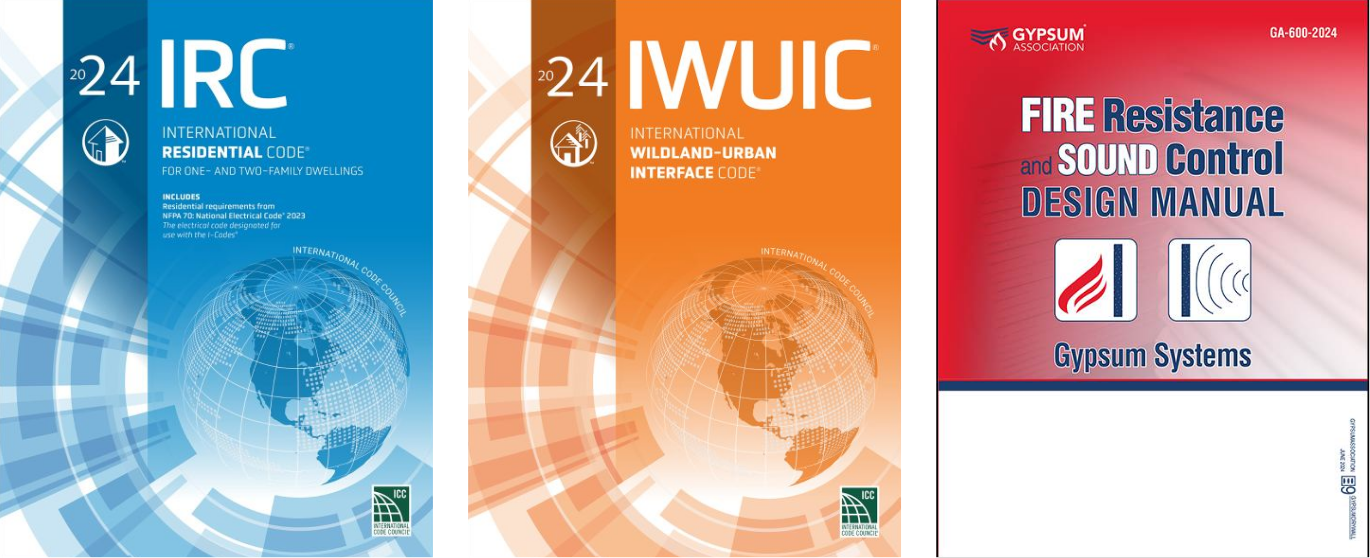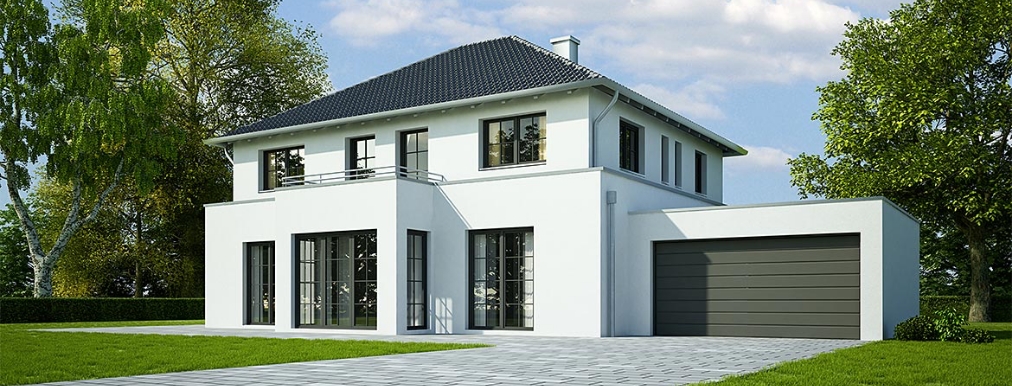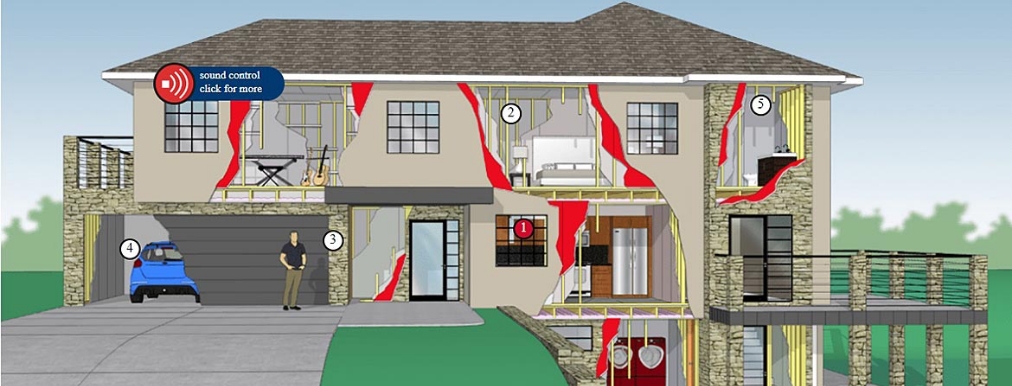

Quick Facts
Glass Mat Gypsum Sheathing:
- Is prescriptive to the International Residential Code (IRC)
- Is evaluated by ICC Evaluation Service, LLC — ESR-5654
- Is manufactured to the ASTM C1177/C1177M standard
- Fire-rated systems also must comply with the system description in GA-600 Fire Resistance and Sound Control Design Manual
- Installs in accordance with GA-253 Application of Gypsum Sheathing or ASTM C1280 Standard Specification for Application of Exterior Gypsum Panel Products for Use as Sheathing(make it general statement for all installations)
- Plays a leading role in passive fire resistance
- Can be used where fire-resistant construction is required, making it ideal for construction in areas governed by the International Wildland-Urban Interface Code (IWUIC) due to the risk of wildland fire
Download the Glass Mat Gypsum Sheathing Design Guide for Residential Construction
Explore the technical requirements for using Glass Mat Gypsum Sheathing on residential structures and more.
GET THE DESIGN GUIDERead More About Gypsum Sheathing in Walls & Ceilings
Frequently Asked Questions
How does Glass Mat Gypsum Sheathing perform in hot and humid climates?
Glass Mat Gypsum Sheathing is ideal for hot and humid climate zones.
Unlike traditional sheathings, the product is highly resistant to
expansion and contraction when exposed to variable and extreme
environments. Gypsum expands and contracts negligibly, per the
National Research Council of Canada (NRCC), while OSB will expand
0.15% per 1% change in the moisture content of the material.
Does the use of Glass Mat Gypsum Sheathing require additional bracing?
The average one- to two-story production home in non-seismic or
non-high wind zones generally does not require additional bracing.
Larger and more complex homes may require supplemental bracing.
Contact the Gypsum Association for technical assistance.
Is Glass Mat Gypsum Sheathing code approved?
Glass Mat Gypsum Sheathing is prescriptive to the International
Residential Code (IRC). The Gypsum Association can work with local
code officials to provide relevant technical data. You can also
reference our Residential Design Guide for Glass Mat Gypsum
Sheathing.
My jurisdiction includes areas prone to wildfires. Does the use of Glass Mat Gypsum Sheathing improve the fire resistance of a home?
It can be used where fire-resistant construction is required, making
it ideal for construction in areas governed by the International
Wildland-Urban Interface Code (IWUIC) due to the risk of wildland
fire. Glass Mat Gypsum Sheathing that is listed through a
third-party agency can typically be used in one of the hundreds of
partition assemblies in the GA-600 Fire Resistance and Sound Control Design Manual. Contact the Gypsum Association or any member company for
information on an assembly and products that may be suitable.


